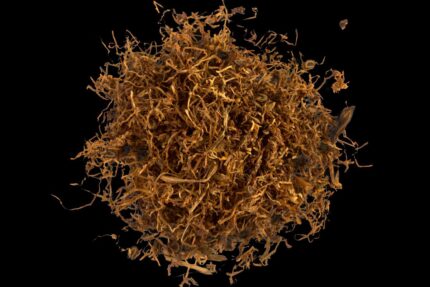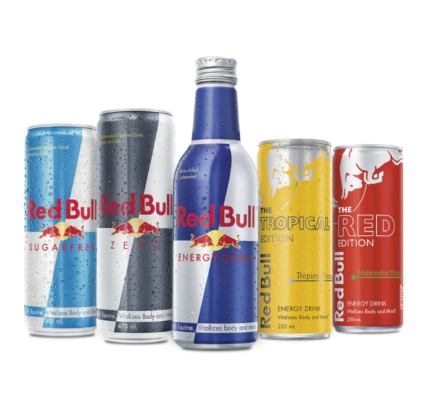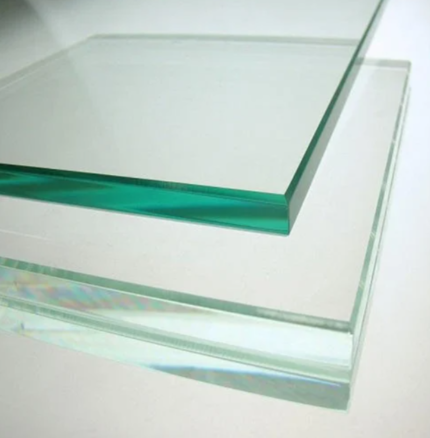Description
Palm oil happens to be used in a wide range of food products, including margarine and also spreads made from margarine, cooking oils, shortbread, and also confectionery. It is also a key ingredient in biofuel production. Palm oil can also be used for the production of biofuel, biodiesel and bioethanol. Palm oil is an edible vegetable oil which comes from the mesocarp of the fruit of oil palms. The oil is used in food manufacturing, in beauty products, and as biofuel. Palm oil accounted for about 36% of global oils produced from oil crops in 2014.
| Appearance | Oil |
| Assay | 0.99 |
| Description | Palm Oil is commonly used as cooking oil, crunchy fat and margarine. |
-
- Palm Oil is extracted from the pulp of the oil palm.
- Palm kernel oil is obtained from the kernel of the oil palm.
- Both oils are often confused with each other, but their properties differ
- Palm Oil and Palm Kernel Oil are mainly used in the food industry.
Palm Oil vs. Palm Kernel Oil
Because of their similar names and origins, Palm Oil and Palm Kernel Oil are considered by many to be interchangeable ingredients. However, the similarities between the two products end with their name and origin.
Palm Kernel Oil comes from the kernel of the oil palm tree. To extract the oil, the soft inner seeds inside the fruit are roasted, ground, and processed. Palm Oil, on the other hand, is extracted from the pulp of the palm fruit, as already mentioned.
The natural color of Palm Oil is red because it has a high beta-carotene content. Since Palm Kernel Oil does not contain carotenoids, it is not red, but rather yellowish. They also differ in composition. Over 80 percent of the fats in Palm Kernel Oil are saturated, compared to only 50 percent in Palm Oil. Since the fatty acid content of Palm Kernel Oil is higher, its stability at high temperatures is better. Palm Oil and Palm Kernel Oil are usually compared with Coconut Oil, because they are three of the few highly saturated vegetable fats.
Palm Oil and Palm Kernel Oil have some things in common, for example they are both used in the food industry.
Palm Oil uses
Palm Oil is a versatile ingredient widely used in the food industry. It improves the flavor of processed foods and has a high melting point, so it can be found in processed foods such as baked goods, confectionery, snacks, and margarine.
In baking, Palm Oil is often used as a substitute for butter or other oils because it has a high melting point and helps products last longer. It is found in ingredients for ready-made pizza and puff pastry doughs. Palm Oil is also used in the production of many types of chocolate and other confectionery. Palm Oil gives chocolate and chocolate spreads a smooth and shiny appearance. It also helps prevent them from melting too quickly at higher temperatures.
Palm Oil is often used in snacks such as French fries and crackers because it gives them a crunchy texture and prevents them from going stale too quickly. It is also used in the production of many types of margarine and other spreads, as it is solid at room temperature and helps to give these products their texture.
In addition to the food industry, Palm Oil is also used in other areas. It is used in the production of cosmetics. Manufacturers of lipsticks use Palm Oil because it holds color well, withstands high temperatures without melting, applies smoothly and has a neutral taste. In shampoos, Palm Oil serves as a conditioning agent to replenish the natural oils in hair that most hair products strip away. Because of its foaming and firming properties, it is also used to make soaps. In addition, Palm Oil is used for the production of biodiesel and biofuel.




















